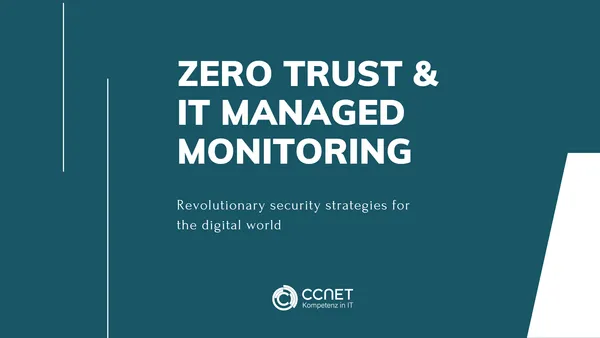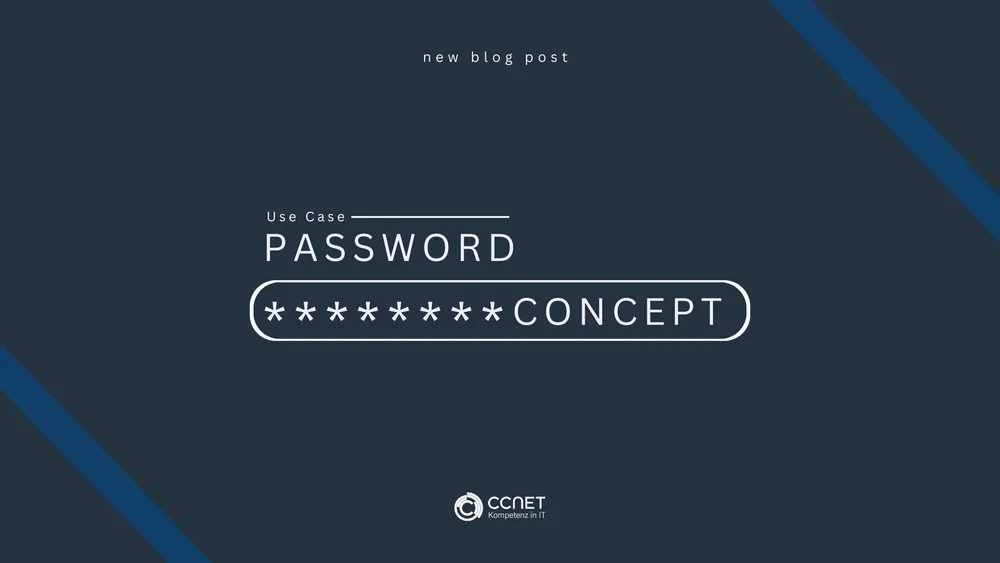
Cinthia Trevisoli
Jun 19, 2024 • 1 min read

Zero Trust and IT Managed Monitoring: Revolutionary security strategies for the digital world
As cyber threats become increasingly sophisticated, the concept of zero trust has become essential to IT security. But how can an organization ensure that it implements this principle effectively? The answer lies in IT Managed Monitoring - a crucial building block for implementing a Zero Trust architecture.
The need for a paradigm shift
Traditional security approaches based on the premise of "trust but verify" are no longer sufficient in today's networked world. Zero Trust, on the other hand, follows the principle of "never trust, always verify", which means that every request, regardless of its origin, is treated as a potential threat.
The role of IT Managed Monitoring
Continuous monitoring is essential for the effective implementation of Zero Trust. IT Managed Monitoring makes it possible to detect suspicious activity in real time and react to it before damage can occur. It provides deep visibility across all IT systems, which is critical to enforcing Zero Trust principles.
Advantages of Managed Monitoring
- Proactive threat detection: Detect and neutralize security threats before they can cause damage.
- Compliance: Support for compliance with data protection and security regulations.
- Efficiency: Automation of monitoring processes reduces the need for manual intervention and enables rapid response to incidents.
Conclusion
The combination of Zero Trust and IT Managed Monitoring represents a revolutionary approach to ensuring cyber security. By constantly monitoring and analyzing all network activity, organizations can implement strategies that create a robust security framework suitable for the digital age. Dedalus HealthCare GmbH demonstrates how the use of managed monitoring services ensures a secure and efficient IT environment, paving the way for a zero trust future.



